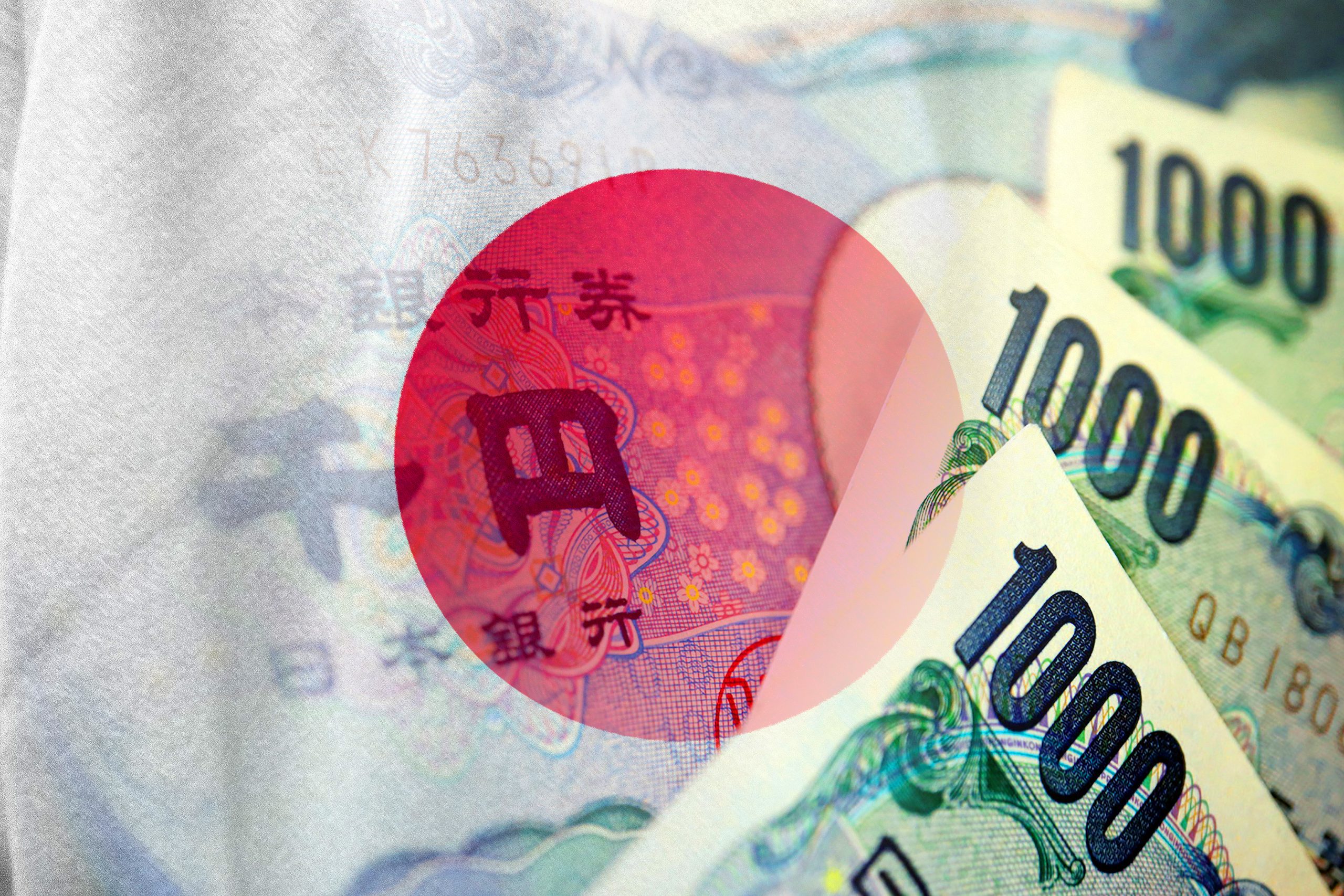OnePlatform MPF Indexes drop by 4.94% under multiple market uncertainties

As of 20 September, OnePlatform MPF Composite Index was 223.32, with a 4.94% month-to-month decrease.
In September, the markets continued to be plagued by energy crisis, high inflation, and uncertainty over climate disaster. Thus, all OnePlatform MPF indexes recorded a monthly decline in September. OnePlatform MPF Equity Index dropped the most, with a 6.30% month-to-month decrease; OnePlatform MPF DIS Core Accumulation Index dropped by 6.03% month-to-month; OnePlatform MPF DIS Age 65 Plus Index dropped by 4.17% month-to-month; and OnePlatform MPF Bond Index dropped by 3.27%. Year-to-date, all OnePlatform MPF indexes have dropped by more than 10%.
Summary of MPF Fund Performance in September
Given protracted and ever-increasing hurdles, the global economy stumbled in September. The world’s major stock markets fell as uncertainty grew, with Global Equity Fund returning decreased 7.88% over the month. Meanwhile, yields climbed in the face of higher rates and inflation, with 10-year Treasuries above 3.5%. Global Bond Fund dropped 3.81%.
Equity Funds:
On the US equities, particularly growth and technology stocks, responded poorly to inflation data. The S&P 500 fell 8.81% in September, while the tech-heavy Nasdaq Composite dropped 10.08% and the large-cap Nasdaq 100 returned decrease 10.51%. United States Equity Fund erased last month’s gains, falling 9.1%. US President Biden told reporters that market losses are not always an accurate gauge of economic performance and that many key areas – such as unemployment, jobs and manufacturing are stable. he added that US is going to be fine.
Given the concurrent energy and cost-of-living crisis in Europe, the respective governments and central banks have found themselves between a rock and a hard place – needing to support households and businesses while simultaneously tightening liquidity. Accordingly, the region’s markets declined in September, including the FTSE 100 (-4.74%), the Euro STOXX 50 (-7.06%), the DAX (-6.45%), and the CAC 40 (- 7.95%). Overall, Europe Equity Fund fell 7.99% over the month.
In the Asia, Japan further eased border controls and the government and central bank remain supportive of growth. However, a weaker currency and worries over self-sufficiency in the wake of climate issues and high commodity prices dented sentiment. The Nikkei 225 and TOPIX indices fell back 4.29% and 2.37%, respectively. Overall, Japan Equity Fund retreated by 5.26%.
Despite lower rates and fiscal stimulus, China’s continuing zero-Covid stance as well as power outages and extreme temperatures weighed on markets. The large-cap CSI 300 fell 5.26% and the Shanghai Composite dropped 4.16%. However, following months of negotiations and threats, China agreed to allow US officials to audit US-listed Chinese companies. Thus, the Nasdaq Golden Dragon China Index was the exception in September, gaining 0.95%. China Equity Fund (-4.92%), Hong Kong Equity Fund (- 4.97%), Greater China Equity Fund (-6.64%), and Asian Equity Fund (-5.09%) all posted negative returns.
Mixed Assets Funds:
Mixed-asset funds performed in line with expectations, with fixed interest-heavy funds posting smaller losses. Mixed Assets Fund (21% to 40% equity) returned decreased 4.22% in September, while Mixed Assets Fund (81% to 100% equity) returned decreased 6.15%. Meanwhile, MPF Conservative Fund and Money Market Fund (Other than MPF Conservative Fund) continued to show relatively little movement, with returns of 0.01% and loss of 1.25%.
Market review in September
Economic headwinds have been persistent. China’s strict lockdowns continue to affect supply lines, Russia’s war wages on, and inflation increasingly erodes purchasing power across continents. At the recent United Nations General Assembly, Secretary- General António Guterres described the current state of affairs as the world being “gridlocked in colossal global dysfunction”. In September, headlines were filled with climate-related disasters – from catastrophic flooding in Pakistan to record-breaking temperatures in California to the drying up of the Yangtze, Rhine and Danube rivers. Indeed, Guterres noted that the environment should be the “first priority of every government and multilateral organisation” – all of which had their work cut out for them in September.
The Fed keeps raising interest rates until inflation goes down
In the United States, all eyes were on the Federal Reserve and inflation data. Despite optimism that prices had peaked, August inflation came in at 0.1% over the month and 8.3% year-on-year. Meanwhile, core inflation reached 6.3% – the highest since March. The Fed acted in line with expectations, raising rates by 75 basis points for a third consecutive meeting. Chair Jerome Powell admitted that it is unclear if the tighter policies will bring about a recession but that price stability is essential to achieving long-run stability. The labour market is still strong, although unemployment rose from 3.5% to 3.7% albeit alongside an increase in labour force participation. Consumer confidence also rose in September to its highest level since May and retail sales were above expectations.
ECB raises rates by unprecedented 75 basis points
The United Kingdom had a tumultuous month. Britain’s longest-reigning monarch Queen Elizabeth II passed away, leaving the nation and beyond in mourning. Consumer prices rose 9.9% in August, and core inflation hit a record-high 6.3%. Promising to implement a “bold plan”, the new Prime Minister Liz Truss ‘s government will shortly unveil a £40 billion energy bill bailout for companies battling to keep up with soaring costs. As for the European Union, the European Central Bank responded to higher-than-expected inflation (9.1% in August) by raising the key interest rate by a record 75 bps. ECB President Christine Lagarde said several more hikes are to be expected. The bank also revised the inflation rate from 6.8% to 8.1%. Meanwhile, the European Union sought solutions to the energy crisis. Options on the table include a €376 billion relief package, energy market intervention and energy rationing or blackouts.
China’s monetary and fiscal stimulus support economy
China’s economic landscape was a mixed bag in September. Retail sales and industrial production rose and unemployment declined, but Covid-related restrictions and power shortages affected sentiment. Unlike its Western counterparts, the nation’s inflation is relatively stable – 2.5% in August. The People’s Bank of China cut two key rates to further support sluggish growth. Meanwhile, the State Council announced a 19-point policy package that will increase state banks’ infrastructure loans by CNY 300 billion – this in addition to the CNY 300 billion announced in June. In Japan and core inflation are also comparatively low – 3.0% and 2.8%, respectively – and its central bank and government remain supportive of growth, keeping rates low and increasing fiscal spending.
You May Be Interested In

OnePlatform Asset Management | 03 Jan 2024
Embracing Market Uncertainty: The Appeal of Multi-Asset Investments
OnePlatform Asset Management | 07 Nov 2023
Money Market Funds: A Credible Investment Amid Current Market Conditions

